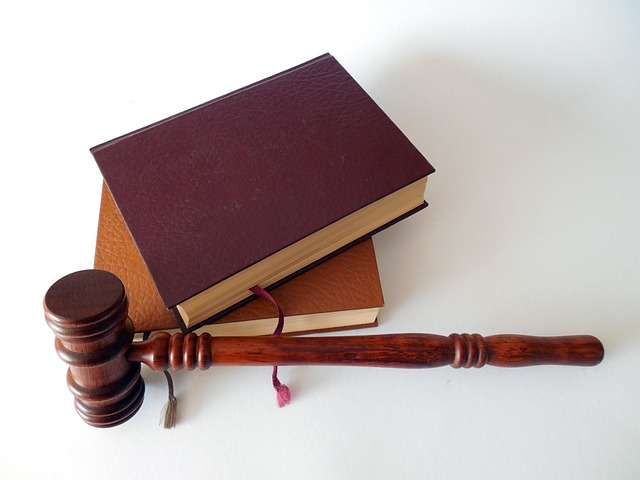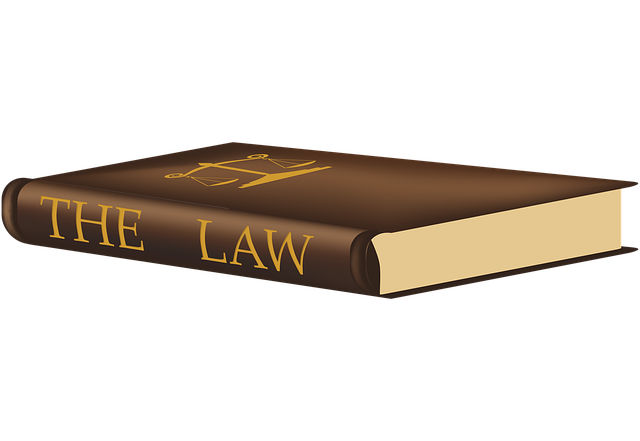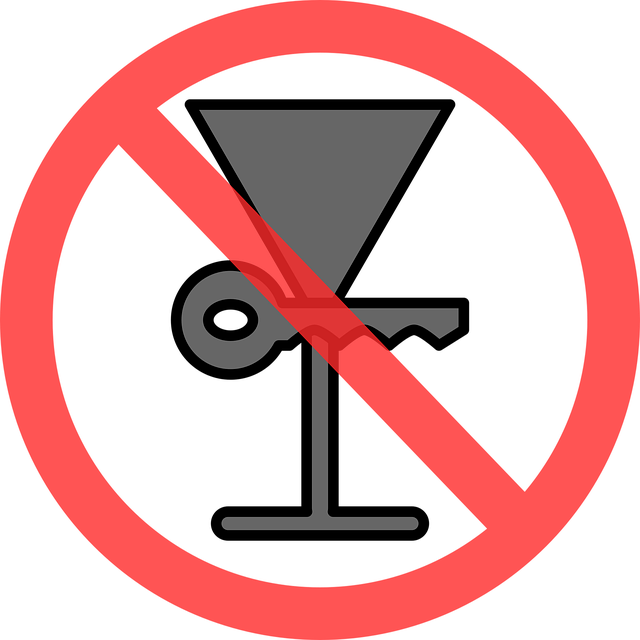In jurisdictions with strict DUI laws, property damage caused by intoxicated drivers creates complex legal issues. Blood Alcohol Level (BAL) testing is crucial for determining liability, using scientific data to establish guilt or innocence. Impaired driving significantly increases accident risks, leading to substantial financial and legal repercussions for at-fault drivers, including fines, jail time, and civil liabilities. Accurate BAL test results impact insurance claims, influencing compensation outcomes for victims and drivers. Real-world examples show severe property damage from high BAL levels, underscoring the importance of BAL testing in holding responsible parties accountable and ensuring justice.
In the complex landscape of legal repercussions stemming from Driving Under the Influence (DUI), understanding property damage liability is paramount. This comprehensive guide delves into the intricate details of Property Damage DUI Liability, covering key areas like blood alcohol level testing—a pivotal component in legal proceedings that can significantly impact outcomes. We explore the ripple effects of DUI on property damage claims, dissecting legal implications and defense strategies. Additionally, we examine insurance coverage, settlements, and real-world case studies, providing an in-depth analysis enhanced by insights into effective blood alcohol level testing methodologies.
- Understanding Property Damage DUI Liability: An Overview
- Blood Alcohol Level Testing: Its Role in Legal Proceedings
- The Impact of DUI on Property Damage Claims
- Legal Implications and Defense Strategies
- Insurance Coverage and Property Damage Settlements
- Case Studies: Real-World Examples of DUI-Related Property Damage
Understanding Property Damage DUI Liability: An Overview

In many jurisdictions, property damage caused by an individual while under the influence of alcohol presents a complex legal scenario, particularly when it involves DUI (Driving Under the Influence) cases. Understanding Property Damage DUI Liability requires a nuanced approach where the primary focus shifts from personal injury to the compensation and responsibility for damaged properties. This aspect is crucial as it can significantly impact insurance claims and civil lawsuits.
The process often entails comprehensive investigations, including Blood Alcohol Level Testing, to determine the driver’s intoxication at the time of the incident. This evidence plays a pivotal role in establishing liability. Additionally, factors such as negligence, jurisdiction-specific laws, and the extent of damage are carefully considered. As such, it is essential for both drivers and property owners to comprehend their rights and obligations to navigate this intricate legal domain effectively.
Blood Alcohol Level Testing: Its Role in Legal Proceedings
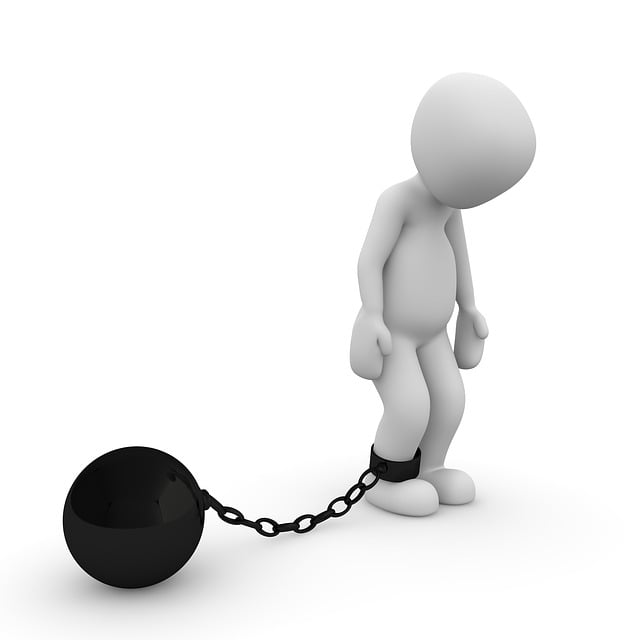
Blood Alcohol Level testing plays a pivotal role in legal proceedings involving Property Damage DUI cases. This scientific process measures the concentration of alcohol in an individual’s system, offering critical evidence to establish guilt or innocence. Accurate BAC readings can significantly impact the outcome of such cases, as they help determine liability and potential penalties.
These tests are typically conducted using breathalyzers or blood samples, providing a precise indicator of a driver’s intoxication level at the time of an incident involving property damage. In legal contexts, this data is invaluable for prosecutors and defenders alike, shaping strategies and arguments to navigate the complexities of DUI-related lawsuits.
The Impact of DUI on Property Damage Claims

The impact of Driving Under the Influence (DUI) on property damage claims is significant, as it often leads to substantial financial and legal consequences for the at-fault driver. When an individual operates a vehicle while impaired by alcohol or drugs, their judgment, coordination, and reaction time are severely compromised. This impairment directly translates to an increased risk of accidents, which subsequently results in property damage—from collisions with other vehicles, fixed objects, or pedestrians.
In such cases, the accused’s blood alcohol level testing becomes a critical component of the legal process. These tests provide concrete evidence of the driver’s intoxication, helping insurance companies and courts determine liability for the resulting property damage. Accurate blood alcohol level measurements can significantly influence the outcome of claims, ensuring that the responsible party is held accountable for their actions and the subsequent financial burdens they impose.
Legal Implications and Defense Strategies

In cases of Property Damage DUI (Drunk Driving Under Influence), the legal implications can be severe. If convicted, individuals face not only significant fines and potential jail time but also civil liabilities for property damage caused while under the influence. Blood Alcohol Level (BAL) testing plays a crucial role in these proceedings, as it provides definitive evidence of intoxication. This scientific data is critical for both prosecution and defense strategies.
Defense attorneys often employ various tactics to challenge DUI charges related to property damage. They may question the accuracy of BAL tests, highlighting potential sources of error or contamination. Additionally, they could argue that the driver’s behavior was not solely responsible for the damage, factoring in external elements like vehicle malfunction or road conditions. Such strategies aim to mitigate liability and secure a more favorable outcome for the accused.
Insurance Coverage and Property Damage Settlements

When it comes to property damage DUI liability, insurance coverage plays a pivotal role in settling claims effectively. Many insurance policies include provisions for covering damages caused by intoxicated individuals who’ve been involved in accidents. These settlements can significantly impact the financial burden on victims and at-fault drivers alike.
One crucial aspect to consider is the role of Blood Alcohol Level (BAL) testing. Accurate BAL tests provide critical evidence in determining liability, especially in DUI cases involving property damage. Results from these tests can influence insurance adjustments, helping to ensure fair compensation for damages and losses incurred due to drunk driving.
Case Studies: Real-World Examples of DUI-Related Property Damage
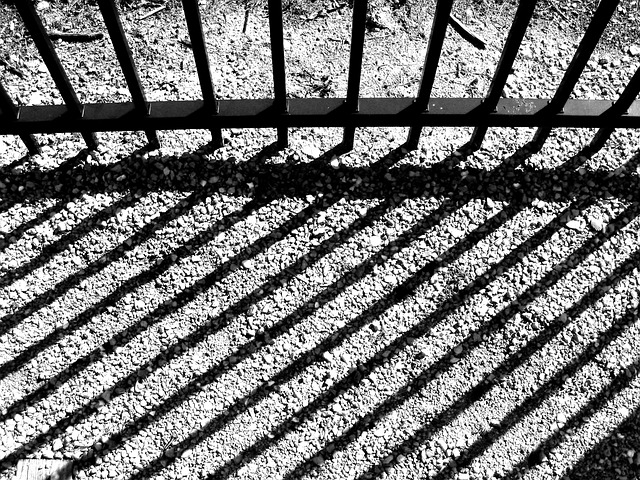
In the realm of DUI liability, understanding real-world examples of property damage caused by impaired driving is paramount. Case studies illustrate the significant impact of decisions made while under the influence. For instance, consider a scenario where an individual with a blood alcohol level (BAL) well above legal limits loses control of their vehicle, veering off the road and colliding with multiple parked cars. This not only causes extensive property damage but also raises questions about the potential for civil lawsuits against the driver and possibly even the establishment that served the alcohol.
Another compelling example involves a driver whose BAL testing confirmed intoxication, leading to a crash that damaged not only their own vehicle but also neighboring properties. The aftermath included shattered windows, collapsed garages, and other structural damage, underscoring the financial burden on both individuals and communities. These cases highlight the importance of Blood Alcohol Level (BAL) testing as a crucial tool in holding drivers accountable for DUI-related property damage, ensuring justice for victims, and deterring future incidents.
In conclusion, understanding property damage DUI liability involves comprehending the intricate interplay between blood alcohol level testing, legal implications, and real-world case studies. This article has provided an in-depth overview of these aspects, emphasizing the significance of accurate BAC testing in legal proceedings. The impact of DUI on property damage claims is significant, underscoring the need for effective defense strategies. Insurance coverage plays a crucial role in settling these cases, while case studies offer practical insights into how courts interpret and enforce DUI liability. By staying informed about these key elements, individuals and legal professionals can better navigate the complexities surrounding property damage caused by impaired driving.

